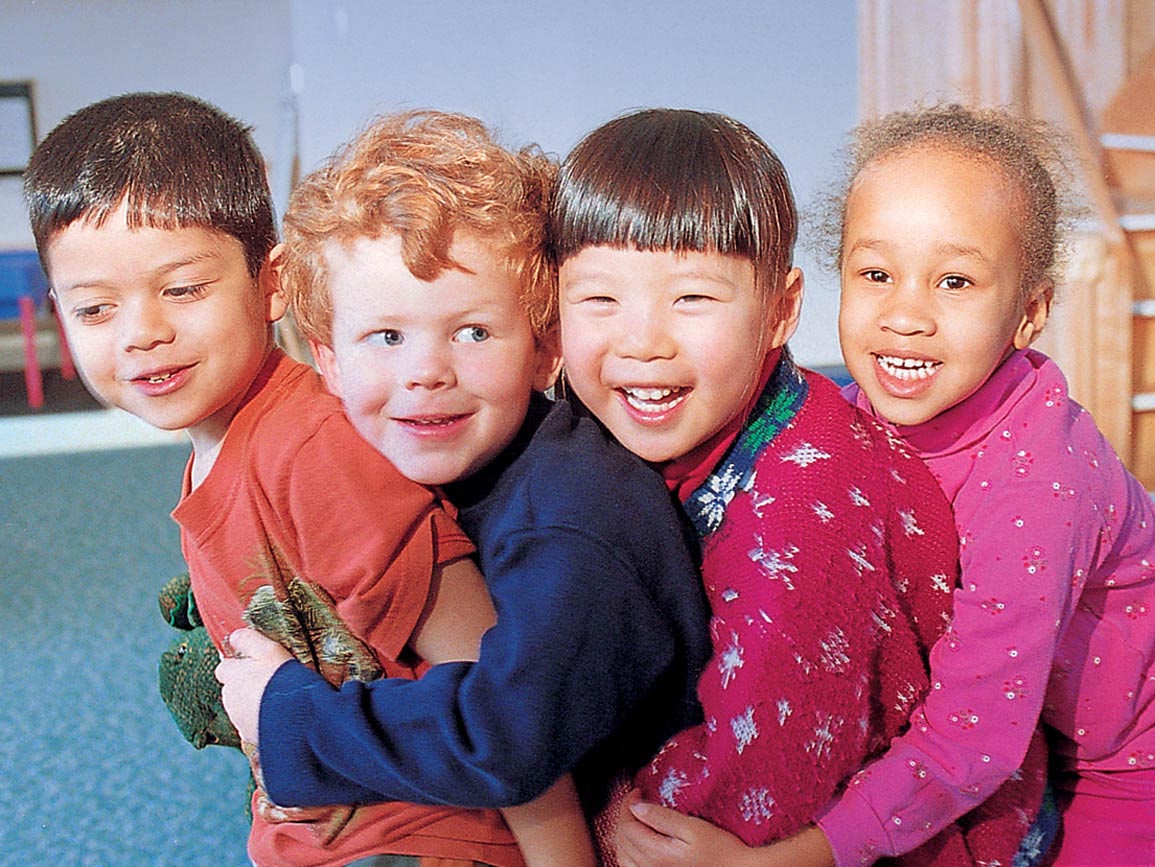Parents talk a lot about “quality time,” but what exactly is it? Quality time can refer generally to time with your child that is focused and valued by your child or it can refer specifically to a block of time when you follow your child’s lead and do what he wants to do, as long as it is safe. The latter will be the focus of this article.
During this kind of quality time, you put aside worries or concerns and bring your whole self to the interaction. As much as possible, you don’t answer the phone, look at text messages, talk to others, or give in to distractions. This may mean that you will sometimes be called upon to participate in an activity that may not be your first choice—like running through the sprinkler, playing a lengthy card game, or playing make believe and taking on the part your child assigns to you.
Quality time can last any amount of time, but typically it is somewhere between 30 and 60 minutes and happens at least weekly. It may help to schedule special time. Put it on your calendar and treat it like any other appointment. You can even give it your own name, like “Daddy and Noah time.” Having quality time communicates to your child that what she wants matters and strengthens your parent-child relationship.
Quality Time Activity Ideas
During quality time, you can find fun things to do with your child at any age.Infants: While bonding with baby, parents need to be keen observers. What does your infant pay attention to? What does he look at or reach for? What makes him laugh or smile? Try some favorite games or interactions, like peek-a-boo, singing songs, or dancing together. Notice your baby’s reaction to each and repeat the favorites. Make eye contact and offer caring touch. Stop an activity if your child loses interest. Is there something that your schedule doesn’t usually allow that you could try during quality time? Perhaps you could extend bath time for some extra water play, or stop to allow your infant a longer time to look at the colorful quilt that is drawing his attention. If you notice your baby likes to have some time with only his diaper on, offer that opportunity and enhance it by applying baby lotion with caring touch.
Toddlers: Typically, toddlers have lots of ideas; sometimes these ideas may not be what you want you and your toddler to do. For example, a toddler might like to dump out containers of blocks repeatedly or practice a new skill, like jumping, over and over again. Outside of quality time, toddlers spend a lot of time being the follower. Try toddler activities that let your child take control. Most toddlers appreciate opportunities where they can be the leader or the powerful one. For example, you build a tower and your toddler knocks it down. You can respond by saying “Oh no!” in an exaggerated way, then stack the blocks again. Try to follow your child’s cues and encourage her to try activities repeatedly for as long as she is interested, even if that exceeds your attention span.
Preschoolers: Preschoolers often want to engage in long sessions of pretend play, with or without props. You may be called upon to be a princess, a warrior, a kitten, or a bear. Take on your assigned part, but try not to take over. During playtime, make sure there is lots of room for your child’s ideas. Quality time may involve trying out a new physical challenge (like riding a bike or scooter), creating a city out of blocks, building with clay or dough, cooking, or so much more. Just remember to have fun without dominating the play.
School-agers: By the time children reach elementary school, their ideas for play are well-developed—and play is still an important part of their experiences. Eventually, your child is likely to come to quality time with an idea of what he’d like to do and how he’d like to include you. He might want to practice his part in a play, try hitting the baseballs you throw, or just talk about his life. He might want to do the same thing every time you have quality time. While it might feel repetitive for you, your child is using your attention to figure something out, and repetition helps.
Occasionally, children may choose activities that are hard for you. Perhaps running is a challenge for you or imaginative play doesn’t come easily. By trying the activity, you communicate to your child that she matters and you’ll even try something hard. It matters less that you do it well than that you tried.
Continue Strengthening Your Parent-Child Relationship after Quality Time
Typically, at the end of quality time, you and your child are feeling close and connected. But most of us have to move on to the next responsibility or item on our calendar. Your child, particularly as he becomes more verbal, might communicate that he wants more time and feels disappointed that quality time is ending. Reassure him that you’ll spend quality time together again and remind him when. If you have time, listen for a few minutes as your child explains how he’d like to keep playing and then confidently move to the next activity or responsibility. Know that because your child wanted to prolong the play, quality time was a success, and both of you can look forward to the next time together.- Live as cozily as the Danes do and learn how you can create hygge with your family this winter.
- Get tips for prioritizing play with your children even with limited time at home.
- Learn about the positive effects that eating together as a family can have on your children.
- Discover ways to fit quality parent-child time into your busy week.





